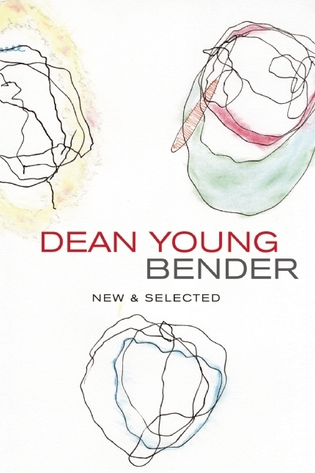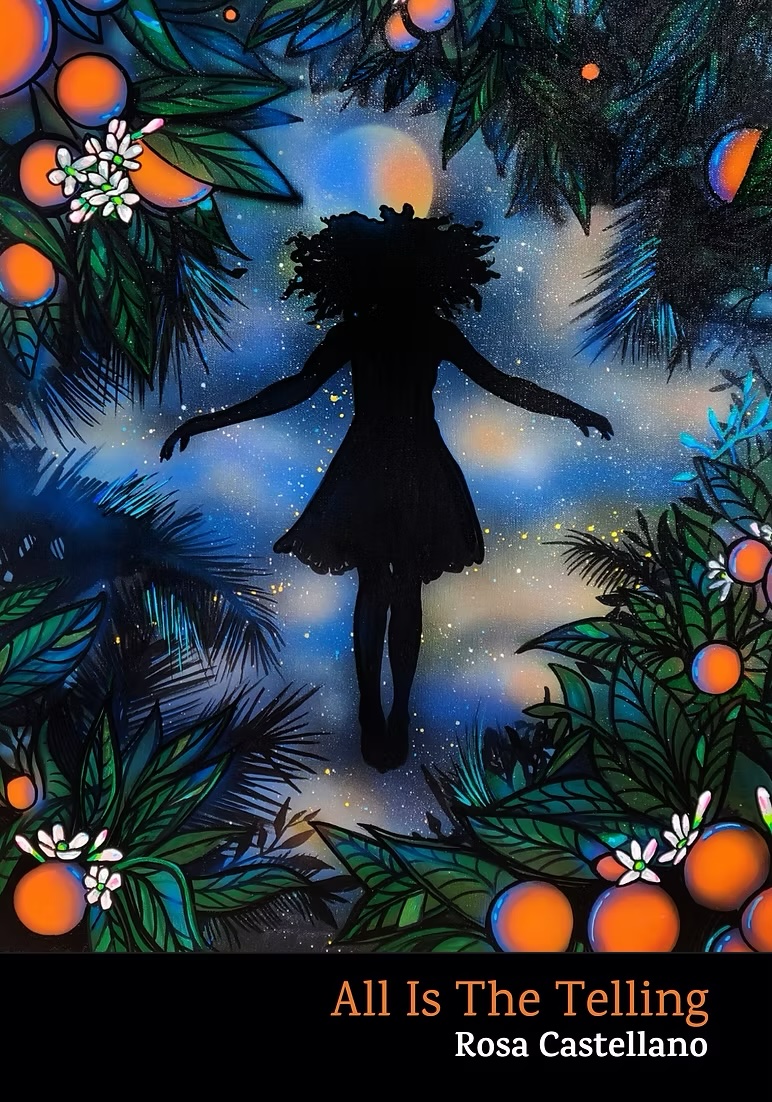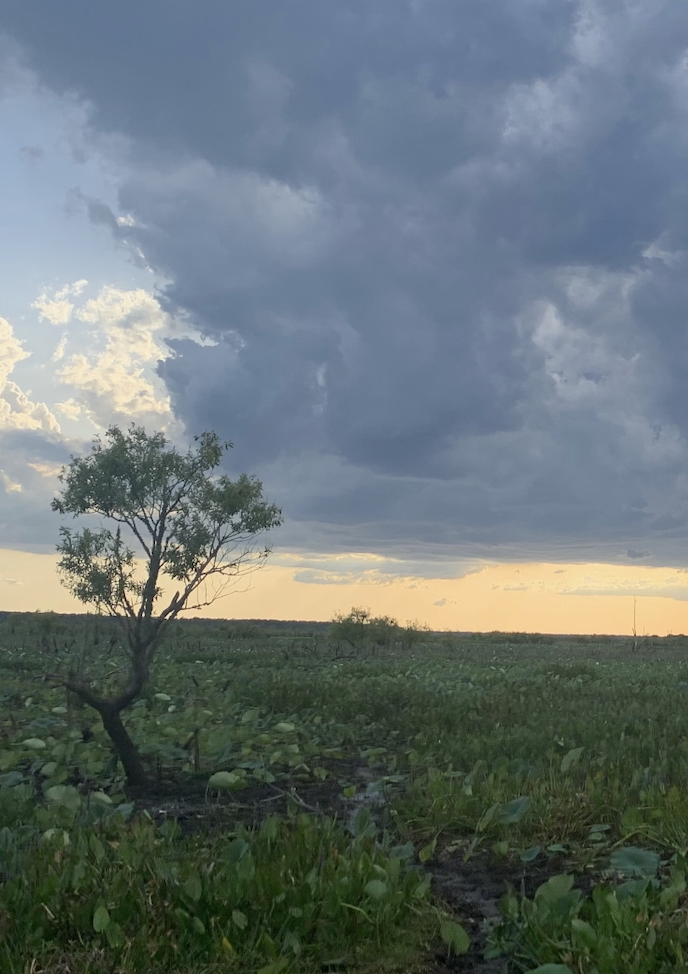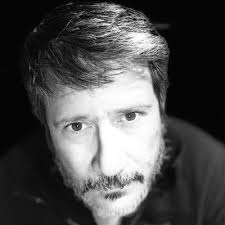Book by DEAN YOUNG
Reviewed by
 Dean Young is one of America’s most celebrated poets, the author of ten poetry collections, recipient of numerous national awards, and a fixture of campus bookstores. His poems are tremendously fun to read, and often very funny; for me, his work is distinct in the way it channels the spirit of a stand-up comic. He nests his liberal politics inside a vortex of anxiety; disguises insights as farce; and codes earnest messages in irreverence and transgression. In his latest collection, Bender: New and Selected Poems, this spirit is even more pronounced: His new poems explore the same general territory with a darker, subtler confidence. Young gives the impression that the blank page inspires him the way an unpredictable audience inspires a comic:
Dean Young is one of America’s most celebrated poets, the author of ten poetry collections, recipient of numerous national awards, and a fixture of campus bookstores. His poems are tremendously fun to read, and often very funny; for me, his work is distinct in the way it channels the spirit of a stand-up comic. He nests his liberal politics inside a vortex of anxiety; disguises insights as farce; and codes earnest messages in irreverence and transgression. In his latest collection, Bender: New and Selected Poems, this spirit is even more pronounced: His new poems explore the same general territory with a darker, subtler confidence. Young gives the impression that the blank page inspires him the way an unpredictable audience inspires a comic:
Grown men should not wear shorts in airports
unless they are baggage handlers.I like napkins folded into swans
because I like wiping my mouth on swans.One reason to have sex is to help a stranger
get in touch with his or her animal being
even if it’s a crayfish.
Each of the above could come out of routines by Dmitri Martin (“Glitter is the herpes of craft supplies”) or Mitch Hedberg (“I saw a human pyramid once; it was completely unnecessary.”) One difference is that Young pushes the joke beyond the punch line. In “Lives of the Olympians,” his cracks about professional athletes become darker and more human:
Here come the gymnasts, berserk
wind-up toys only a pasha could afford,
their parents in the stands like ill-risen
bread and usually some connection to
a horrible disease.
Humor lets us laugh at the absurdity of our lives, and gives us access to impulses we consider taboo. It can also be a form of empathy even at its darkest. This kind of humor runs through many of Young’s most effective poems. In “I Said Yes I Meant No,” he uses an ironic voice to undermine the tyranny of numbers:
Averages are misleading:
I liked that couple 110% could mean
each is appreciated 55% which will not kill you
but neither will sleeping in your own urine.
One should like oneself between 60 and 80%.
Under 45%, one becomes an undertaking,
prone to eating disorders, public weeping,
useless for gift wrapping and relay races.
Over 85% means you are a self-involved bore.
With each non-sequitor, the speaker burrows deeper into a theme until it becomes unrecognizable. As Young puts it elsewhere: “keep changing the subject in hopes / that the subject will change you.” Another poem, “Storms,” moves from the theme of a couple on the verge of a break-up (“panting like harnessed dogs / who didn’t know miles ago their master / had frozen in the sled”) to a tender statement about the passage of time: “what is a moment anyway / but a thing made entirely of its own vanishing?” It’s a perfect mix of quicksilver wit and endearing vulnerability.
Young is often described as a product of the New York School of poetry, a group that includes Frank O’Hara, Kenneth Koch, and the young John Ashbery. The New York School poets drew inspiration from French surrealism and abstract painting, and more directly, the language of postwar America – catchphrases, taglines, advertising slogans, homespun bureaucratese, etc—which they mimicked and parodied. Their work also expressed a generous affection for all kinds of people and things. For them, poetry was a quest for joy in a culture helplessly adrift. Along the way, they earned an undeserved reputation as literary pranksters who favored exuberance and irony over deeper spiritual themes. The generation of poets inspired by Dean Young has received the same kind of criticism. In an essay in the July/August 2009 issue ofAmerican Poetry Review entitled “The Dean Young Effect,” poet and critic Tony Hoagland warned that an army of Young devotees were “advancing on the capitol like flying radioactive squirrels.”
As Hoagland points out, Young’s imitators tend to miss his essence by dwelling on his “kookiness.” Young is after more than jokey wordplay; In “Whale Watch,” for example, he mocks the platitudes of the self-help industry while marveling at our endless questfor consolation:
As regards the ever-present advice-dispensing
susurration
of the dead, ignore it; they think everyone’s
going to die. I have seen books with pink slips
marking vital passages
but this I do not recommend
as it makes the book appear foolish
like a dog in a sweater.
Do not confuse size with scale:
The cathedral may be very small,
The eyelash monumental.
Know yourself to be made mostly of water
With a trace of aluminum, a metal
Commonly used in fuselages.
For flying, hollow bones are best or
No bones at all as in the honeybee.
Do not kill yourself.
This poem works via subtle shifts in tone: the syntax unspools at just the right moment with each new faux commandment. If comedy is what happens when the body fails the spirit (as the philosopher Henri Bergson once said), Young assures us that the spirit is undeterred. Spend time with his poems, and you’ll hear the voice of Wallace Stevens, whom Young also cites as a major influence. (In an interview withThe Pedestal, Young says he admires Stevens because “he’s able to evoke a sort of intellectual gravity but inhabit it with a kind of goofy play.”) The tension in Stevens’ poetry between consciousness and spirit (or the self and the soul) is deeply ingrained in the American tradition. With its combination of restlessness and control, Benderreads like a response to Ashbery’s question in “Self Portrait in a Convex Mirror”:
The soul establishes itself.
But how far can it swim out through the eyes
And still return safely to its nest?
For Young, the answer is: pretty far. Despite their relentless quirkiness, his poems also deliver poignancy and grace. In “So the Grasses Grow,” the speaker buys a pair of shoes while his father is dying:
Is it possible to choose a pair
Solely by the prints they’ll leave
In the dust and the snow?
The final lines of “Elegy on a Toy Piano” evoke a similar mood:
When something becomes ash
there’s nothing you can do to turn it back.
About this, even diamonds do not lie.
Young revels in the modern world’s absurdity; at the same time, he celebrates our empathetic instincts, which somehow manage to persist. W.H. Auden once wrote, “We are all here on earth to help each other, but what the others are here for, God only knows.” It’s this paradoxical sentiment that Young likes to explore, and the best example is probably his remarkable poem “Vacationland”:
How extraordinary that other people
even exist! puns stenciled
across their chests, waddling
inflatables to the beach, paying
way too much for water, meaty, explodable,
joyous as weeds. It’s an odd job
we have anyway, avoiding each other
and constantly meeting up again,
comparing notes on sleeplessness,
a reading list of phantoms,
the gummy mutter of cell phones
way past dawn. I’m sorry
for your loss, at least I would be
given the opportunity. The same thing
happened once to me or someone like me
or will.
In the Pedestal interview, Young claims he’s not very influenced by place, at least not in the sense of evoking easily identifiable localities. Yet his poetry captures America with ruthless specificity. Here, too, one could say he resembles the stand-up comic, who needs concrete details for the comedy to work. Either way, the message is that we’re all in this together. As Young puts it in the poem “Original Monkey”: “My agony is no sillier than yours.”
Drew Calvert is a freelance writer based in Kuala Lumpur, Malaysia. His essays have appeared in The Literary Review and The Los Angeles Review of Books.



